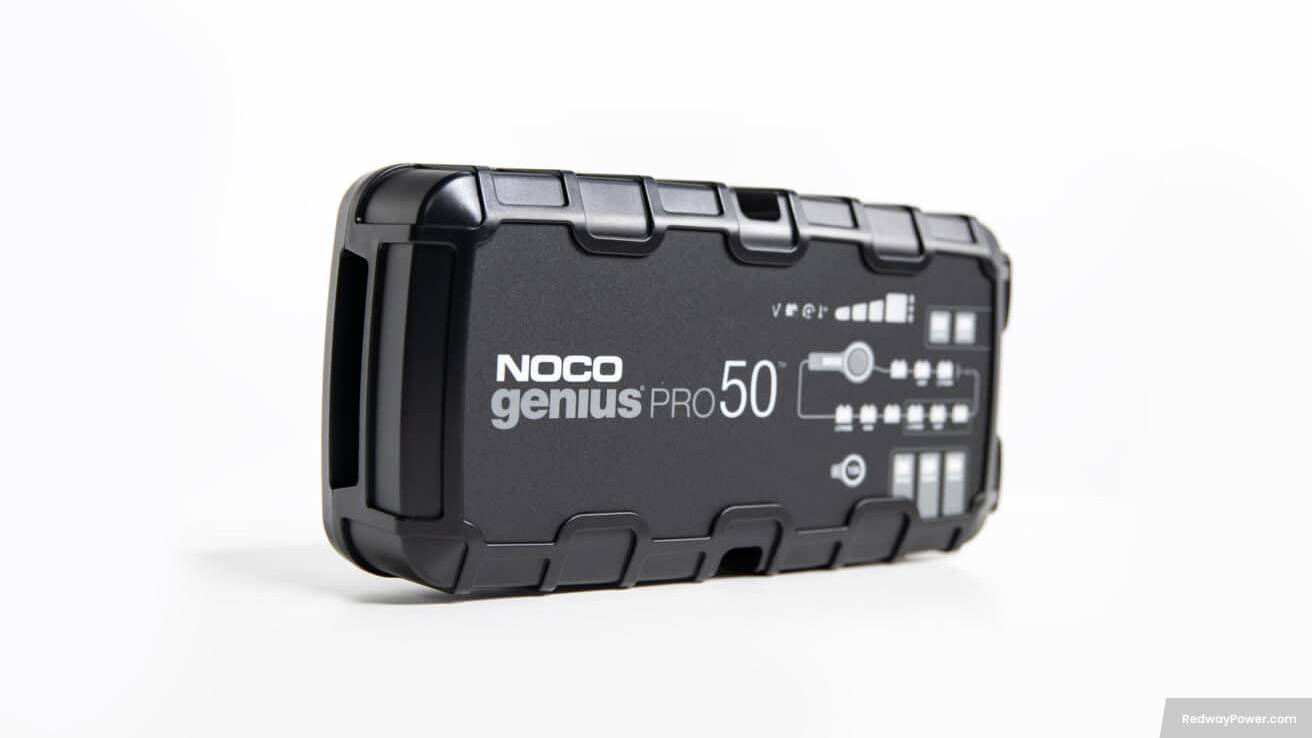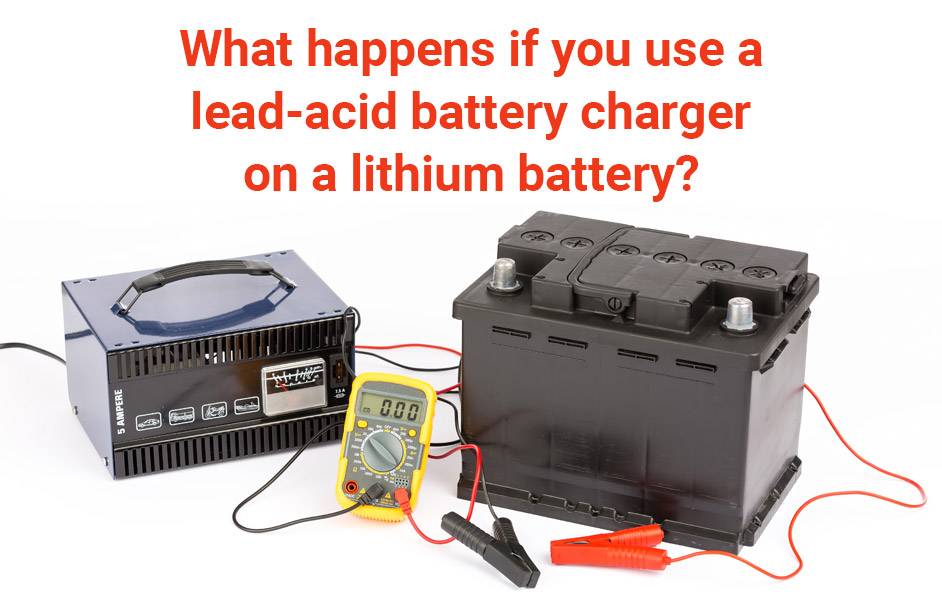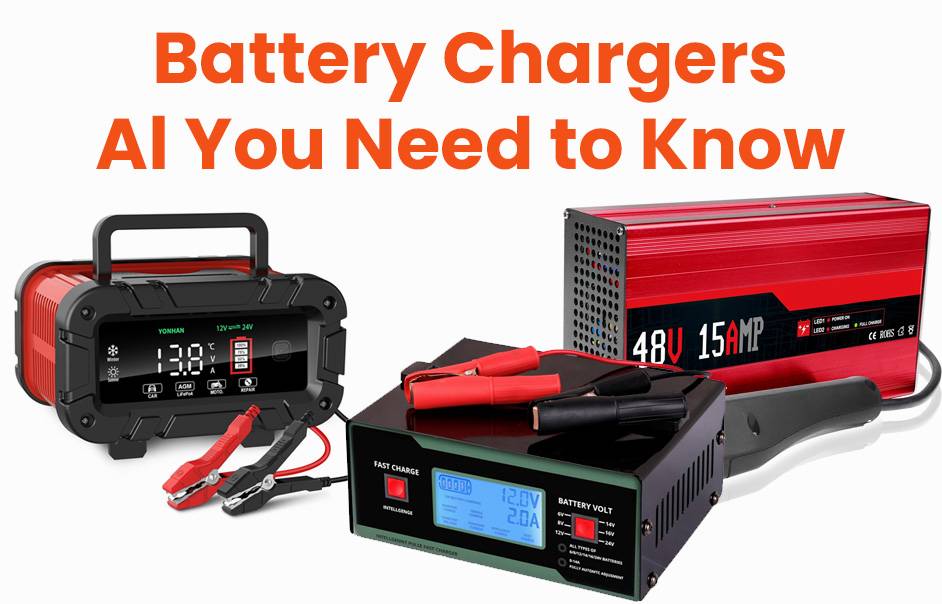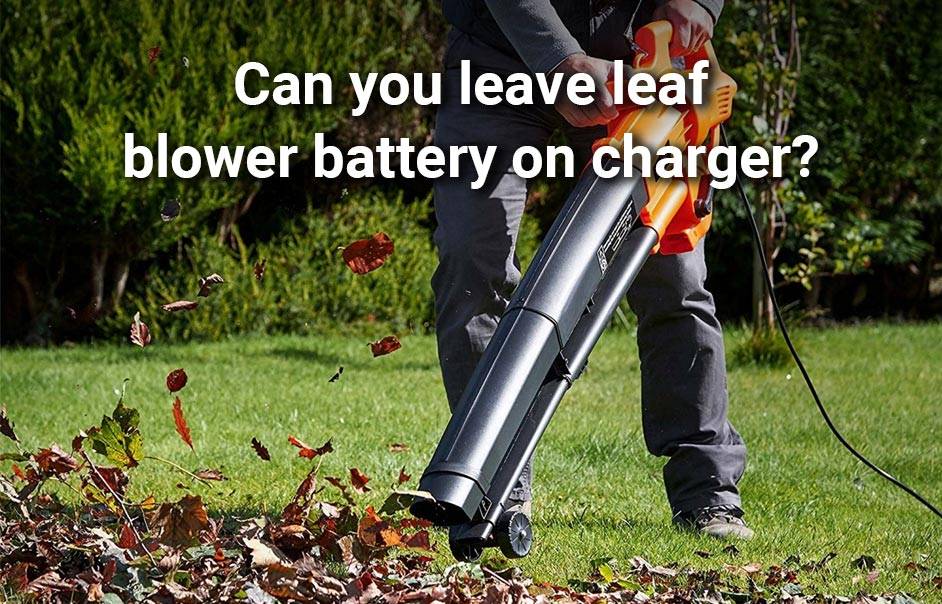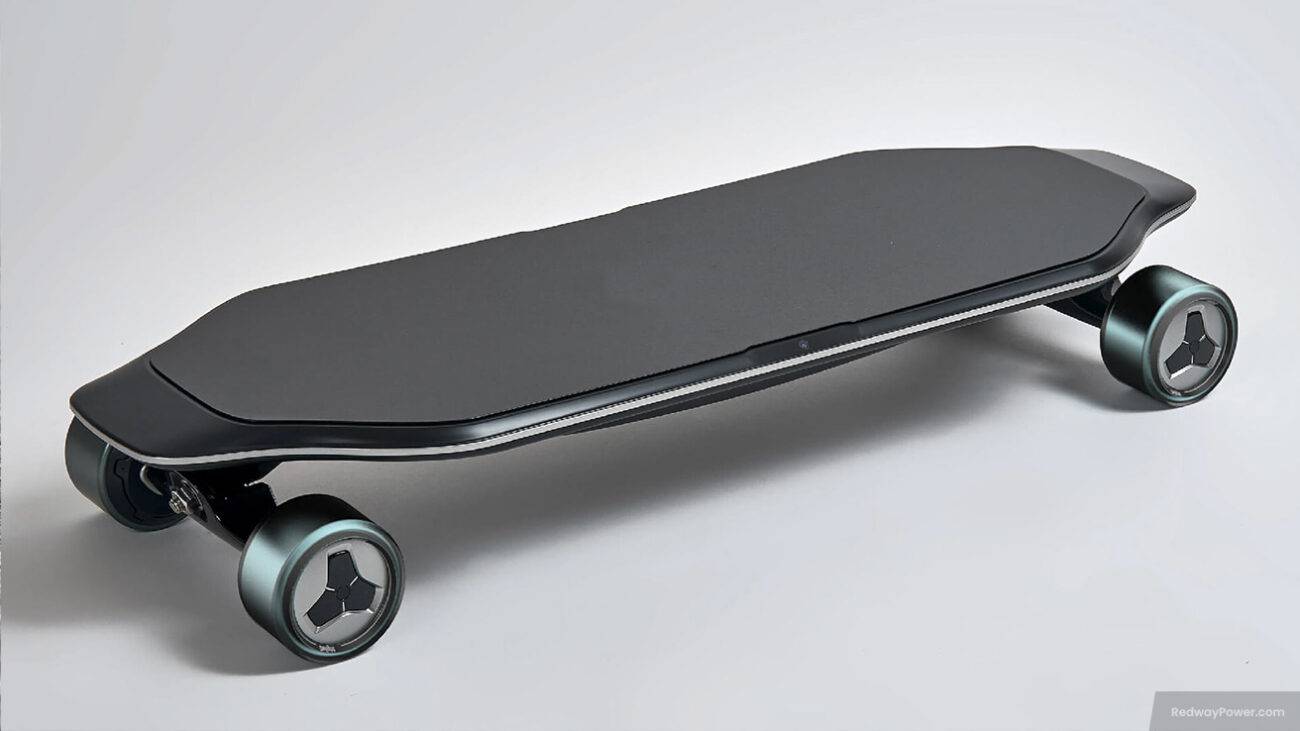Choosing the right battery charger is essential for ensuring the longevity and performance of your batteries. Consider factors such as battery type, voltage, capacity, and charging speed. For instance, lithium-ion batteries require specific chargers designed to handle their unique charging profiles, while lead-acid batteries have different requirements.
Understanding Battery Chargers
1. Types of Battery Chargers
Battery chargers come in various types, each suited for different battery chemistries. Here’s a breakdown of the most common types:
| Charger Type | Suitable Battery Types | Key Features |
|---|---|---|
| Smart Chargers | Lithium-ion, Lead-acid | Automatically adjusts charge rate |
| Trickle Chargers | Lead-acid | Maintains charge without overcharging |
| Fast Chargers | Lithium-ion | Quick charging for immediate use |
| Solar Chargers | Various (depending on setup) | Uses solar energy for charging |
2. Factors to Consider When Choosing a Charger
- Battery Chemistry: Ensure the charger is compatible with the battery type (e.g., lithium-ion vs. lead-acid).
- Voltage and Capacity: Match the charger’s voltage and capacity to your battery specifications to avoid damage.
- Charging Speed: Consider how quickly you need to charge your batteries; fast chargers can significantly reduce downtime.
- Smart Features: Look for chargers with smart technology that automatically adjusts the charging process based on battery needs.
3. Safety Features
Safety is paramount when selecting a battery charger. Key safety features to look for include:
- Overcharge Protection: Prevents damage by stopping the charge once the battery is full.
- Short-Circuit Protection: Safeguards against electrical faults.
- Temperature Monitoring: Ensures the charger does not overheat during operation.
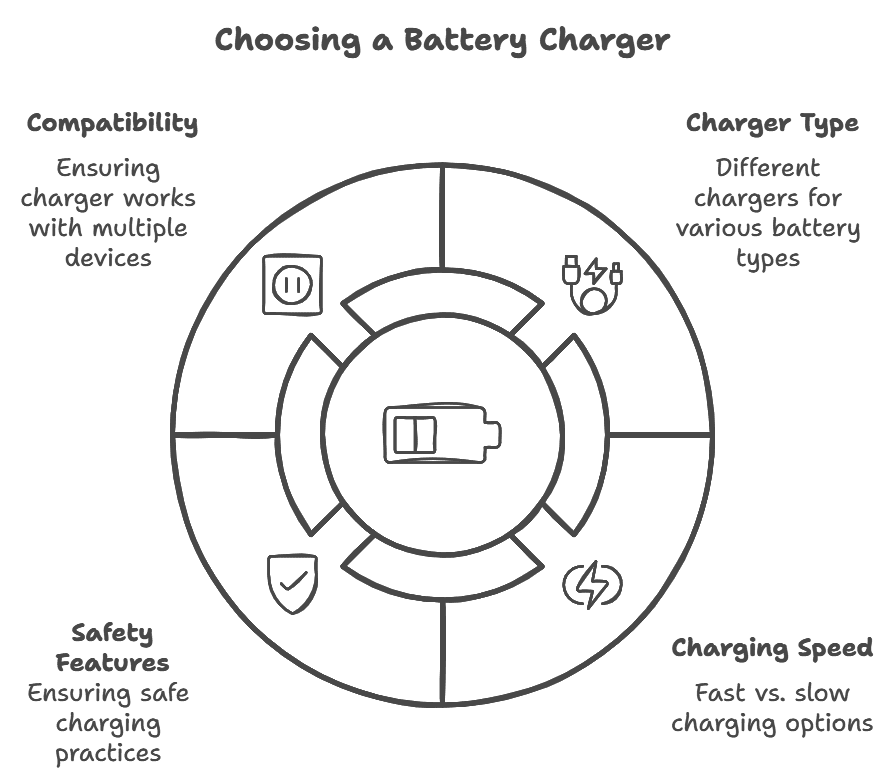
Latest News
Recent advancements in battery technology and charging solutions highlight several important trends:
- The demand for smart chargers is increasing as users seek more efficient and safer charging options.
- Innovations in fast-charging technology are enabling quicker turnaround times for electric vehicles and portable devices.
- Regulatory changes are being implemented to enhance safety standards in battery manufacturing and charging equipment.
- The growth of renewable energy sources is driving interest in solar-powered charging solutions.
Redway Expert Comment
“Selecting the right battery charger is crucial for maintaining optimal performance and extending the lifespan of your batteries. At Redway Power, we emphasize the importance of using chargers specifically designed for lithium LiFePO4 batteries to ensure safety and efficiency. Our expertise in battery technology allows us to provide tailored solutions that meet our customers’ diverse needs.”
Relation to Other Products: Lithium Batteries
The choice of a battery charger directly relates to our offerings in Lithium Batteries at Redway Power. Understanding how to match chargers with our lithium LiFePO4 batteries ensures optimal performance and longevity.
Recommended Product: Lithium Charger for LiFePO4 Batteries
For clients or importers seeking wholesale or OEM solutions, we recommend our LiFePO4 Smart Battery Charger. This charger is specifically designed for lithium-ion batteries, featuring advanced safety protocols and efficient charging capabilities.
Top Competitors in Battery Charger Solutions
When considering high-quality battery chargers, here are five notable alternatives:
| Brand | Product Name | Voltage | Compatible Chemistry | Features |
|---|---|---|---|---|
| Redway Power | LiFePO4 Smart Battery Charger | 12V/24V | LiFePO4 | Smart technology, overcharge protection |
| Nitecore | D4 Smart Universal Battery Charger | 1.2V – 3.7V | NiMH, Li-ion | Multi-chemistry support |
| Ansmann | Energy 8 Plus | 1.2V – 12V | NiMH, Li-ion | Fast charging capability |
| NOCO | Genius G3500 | 6V/12V | Lead-acid, Lithium | Smart charging features |
| CTEK | MXS 5.0 | 12V | Lead-acid, Lithium | Temperature compensation |
In conclusion, choosing the right battery charger involves understanding your specific battery requirements and selecting a charger that meets those needs. By considering high-quality options like those offered by Redway Power, users can ensure optimal performance and safety for their energy storage systems.
FAQs
Why should AGM or GEL batteries not undergo equalize charging?
AGM and GEL batteries should avoid equalize charging as it involves high-voltage charging to rebalance cells, which can damage the sealed structure of these batteries. Equalizing may cause excessive gassing, potentially leading to overheating and a shortened battery lifespan.
What is the importance of Balance Charging for AGM and GEL batteries?
Balance charging helps ensure even charging across all cells in AGM and GEL batteries without excessive voltage. This prevents individual cells from overcharging, preserving battery integrity and maximizing lifespan without risking the delicate electrolyte balance in sealed batteries.
Why should chargers with an equalize mode or stage not be used on AGM or GEL batteries?
Chargers with an equalize mode can apply voltages that are too high for AGM and GEL batteries, risking internal damage. Such chargers may inadvertently cause gassing and overheating, reducing battery lifespan and potentially voiding warranties for these battery types.
What are the differences between the charging stages in a 3-stage voltage compensating and temperature sensing charger?
In a 3-stage charger, the bulk stage quickly charges to about 80%, the absorption stage gradually completes the charge, and the float stage maintains full charge without overcharging. Voltage compensation adjusts for temperature, preventing under- or overcharging in varying conditions, enhancing safety and battery health.
What are the recommended charge rates for batteries based on their 20-hour AH capacity?
Typically, batteries should be charged at 10-30% of their 20-hour AH capacity. For instance, a 100AH battery would ideally charge at 10-30 amps to prevent overheating while ensuring efficient charging.
How should one select a charger when changing between Flooded, AGM, and GEL-type batteries?
Select a charger with adjustable settings or specific modes for Flooded, AGM, and GEL batteries. Each type requires tailored voltage and charge stages, so a compatible charger helps avoid overcharging and meets the unique requirements of each battery type safely.
How do environmental factors influence the choice of battery charger?
Environmental considerations such as waterproofing, temperature range, and exposure to pollutants play a crucial role in selecting the appropriate charger for a given application.
What are the advantages and disadvantages of fan-cooled chargers?
Fan cooling can enhance reliability and reduce component temperatures, but it may introduce noise and require maintenance to prevent contamination of internal components.
What electrical factors should be considered when choosing a battery charger?
Factors like input voltage range, the number of battery banks required, and battery stack considerations are essential in determining the suitable charger for the electrical system.
Why is charge balancing important in battery stack configurations?
Charge balancing ensures that batteries in series receive an equal charge, preventing voltage imbalances and maximizing battery performance and longevity.
What battery characteristics should be evaluated when selecting a charger?
Battery chemistry, voltage rating, charging current acceptance, and depth of discharge are critical factors to consider to ensure compatibility and optimal charging performance.
Are there any safety agency requirements that need to be considered when selecting a battery charger?
Yes, battery chargers should meet standards from safety agencies like UL, CE, and IEC, which ensure protection against electrical hazards, overheating, and short circuits. These certifications verify that the charger is safe for specific battery chemistries and applications.
What role does battery chemistry play in selecting a charger?
Battery chemistry determines voltage, charging rate, and safety needs. Chargers must be compatible with the specific chemistry (e.g., lithium-ion, lead-acid) to ensure proper charging, prevent overheating, and maximize battery lifespan.
What considerations are important when dealing with battery stack configurations?
With battery stacks, chargers need to match the stack’s total voltage and support balanced charging across cells. Properly balancing cells prevents overcharging or undercharging and extends the lifespan of each cell in the stack.
How does the number of battery banks required affect the choice of a charger?
If multiple battery banks are used, a multi-bank charger is needed to charge each bank individually. Multi-bank chargers allow efficient power distribution, optimizing charging for each bank and ensuring each reaches full charge.
What are the pros and cons of fan cooling in a battery charger?
Fan cooling helps prevent overheating, making it ideal for high-power chargers. However, fans add noise, consume power, and may wear out over time. Passive cooling may be preferable for low-power chargers or noise-sensitive applications.
What are the environmental factors to consider when choosing a battery charger?
Environmental factors include temperature range, moisture levels, and exposure to dust or chemicals. Outdoor or industrial settings may require chargers with weatherproof enclosures, thermal protection, and corrosion-resistant materials.













